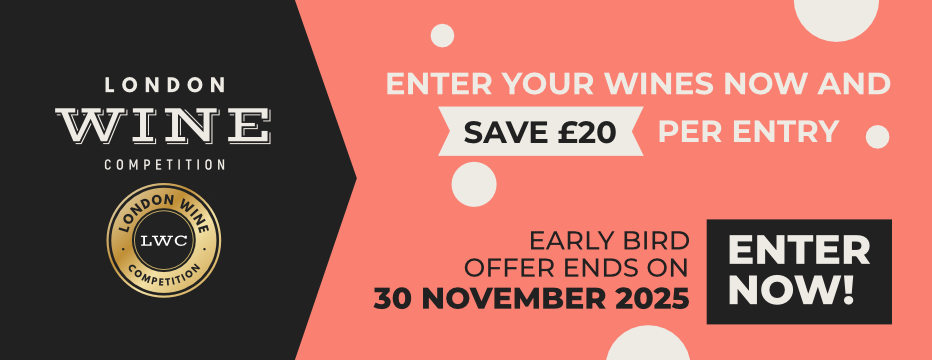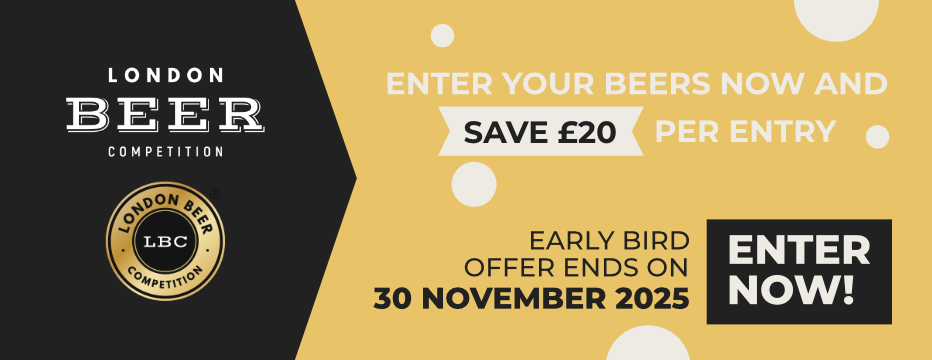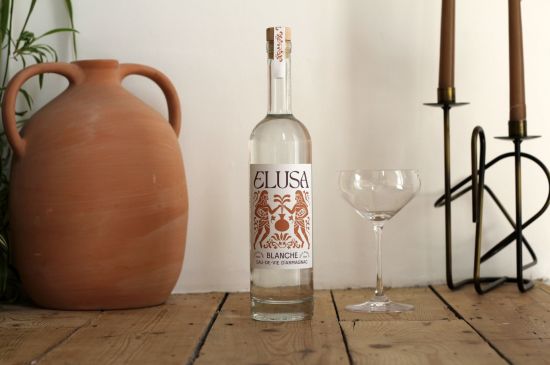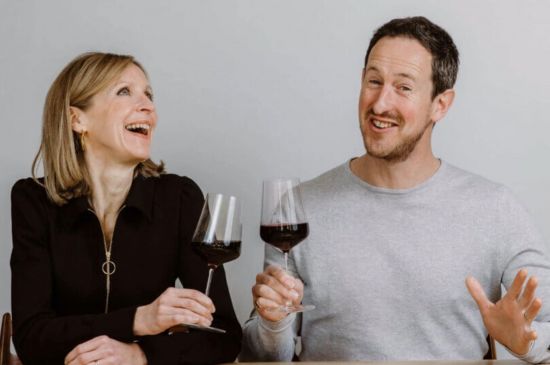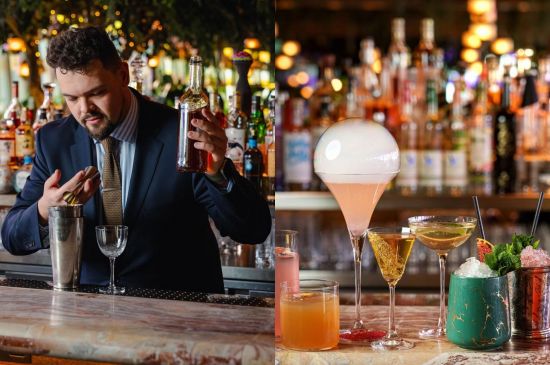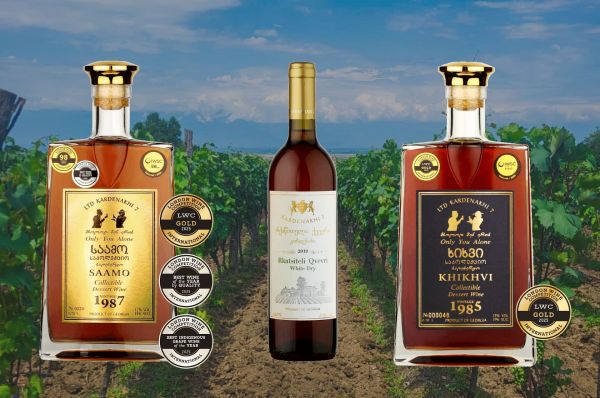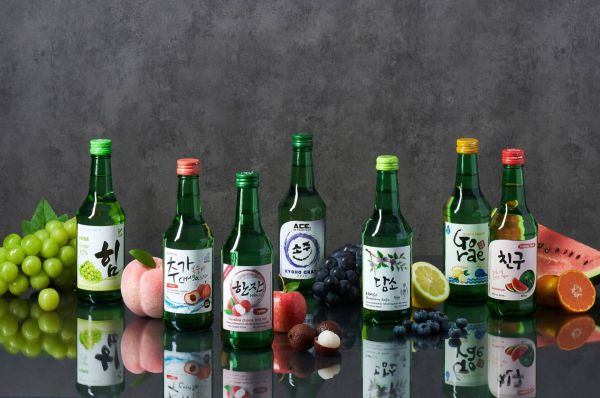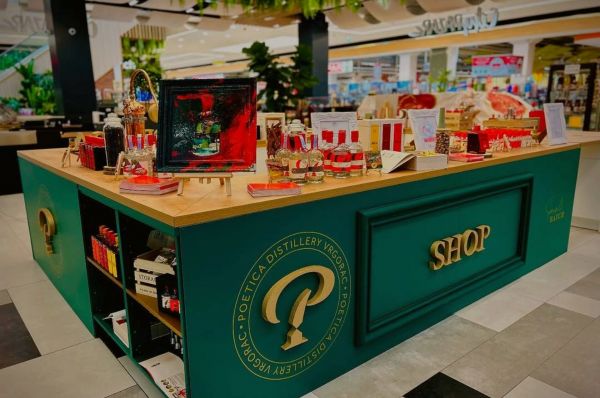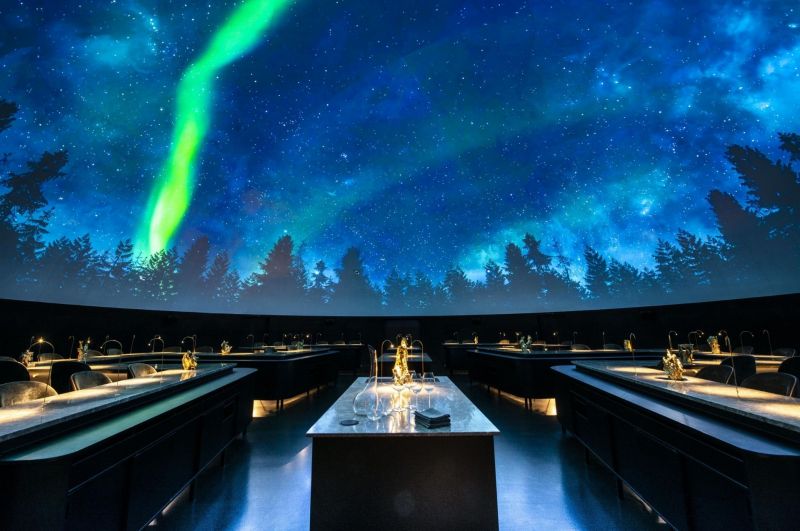
24/01/2022 Commercial interior designer Rory McNeill on what you need to know about creating a great ambiance
Everyone would love their local to be as welcoming as Cheers – the bar where everyone knows your name, according to the famous theme tune. But what is it that makes one bar so enticing that you could easily while away the whole evening there, while another has all the appeal of a prison cell?
It might not just be the cost of the drinks or the quality of the food which make or break a bar. One of the most crucial factors which goes towards creating that all-important ambience is the bar design. So if you’re opening a brand new venue, or simply considering a revamp, what are the most important factors to take into consideration? Step forward Rory McNeill, director and co-founder of East Lothian-Based Cubit, a commercial interior designer who has worked with a number of hospitality clients both nationally and internationally, to help them find their design mojo.
[[relatedPurchasesItems-39]]
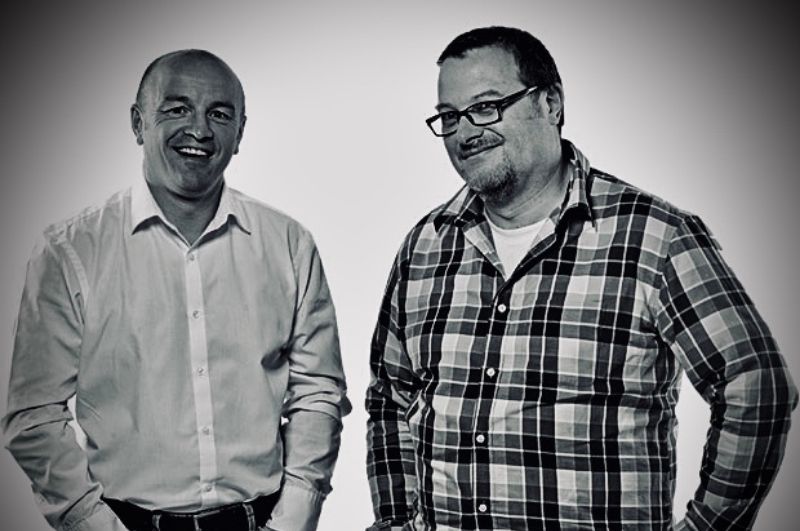
Rory McNeill(Left) gives Helen Arnold his views on where to start if you’re facing a design dilemma. Rory McNeill (left) & Russell Stewart, owners of Cubit3D.
What are the most important factors to take into consideration when planning a bar design or revamp?
First and foremost, you need to think about what kind of bar you are, and who your target audience is. It’s all about brand positioning. There is no point in simply opening a bar that you like - it has to be commercially viable as well. So if you’re aiming your bar at high spending young professionals with lots of disposable income then the design concept and look and feel will be very different compared to a venue aimed at a more traditional, older demographic. Whether you are going for an edgy look or something safer will be largely determined by your target market.
What would you say are the main rules of design that a bar owner should be aware of?
No rules apply! That may not sound very helpful, but design is so subjective. Undoubtedly, however, when you design an interior the first thing you must determine is how people use the space, and to get the plan right. You need to consider the location and shape of the bar – should it be curvy or blocky? What about the location of the toilets and disability access? Where is the front door in relation to the bar, and can customers navigate the bar easily? What type of seating are you going to provide for the different areas?
Then you need to decide what materials you are going to use for the flooring, walls, and the bar counter and make sure they are fit for purpose. Horizontal surfaces are going to take a lot of wear and tear so it’s important that they are sufficiently robust. Using laminates here is a false economy, as they can easily get scratched, and will need to be replaced very soon. Look at McDonald's, for example. They will use hardwearing Corian on their horizontal surfaces, but never spend that on a wall treatment where you don’t need to spend so much.
There are so many different factors to consider, and that’s the hard bit, bringing all those elements together. The last bit, the styling and decorating and creating an ambience is the easier part.
How relevant is the location of your bar to the design?
Clearly there are different types of bars within a city, all competing against each other. In Edinburgh for example, a bar in Gorgie is going to be very different from one in the West end, as you are catering to a different demographic. One, largely working-class, the other, professionals such as financiers, accountants and lawyers, which again will be different from the average demographic in a more suburban location.
You have to consider why people go out drinking. The main reasons are for relaxation, going out with your partner, going out with friends, or going out on the pull! Once you have established all these factors it makes designing all the different elements so much easier.
What are the key trends you are seeing which is filtering into the hospitality sector?
Our leisure time spent in bars and restaurants is not just about eating, drinking and people watching it’s become much more. We are more demanding and a one size fits all approach is not enough in a saturated market.
There was a strong trend for that raw industrial look – all concrete floors, upcycled timber and caged lights, which was adopted by everyone, and has been done to death. Now we are seeing a bit of a backlash against that, and from mimimalism there is a shift towards a more maximalism, eclectic style, with people increasingly prepared to embrace bold colour and decorative wallpaper. We get bored by the same thing very quickly, but as designers we should not respond by regurgitating the same old thing – the hipster artisan interior, minimalism, maximalism, retro mid-century, shabby chic etc – but embrace the new.
Our interiors should be experiential and allow us to look and learn and imagine. The lines are now beginning to blur between theatre, glamour, imagination and visitor attractions – and bars and restaurants are all part of the entertainment industry, after all. Look at the new Johnny Walker Brand Home in Princes Street in Edinburgh – it’s basically all about selling whisky, but Hollywood-style with a massive budget allocated to creating the whole experience.
If budget is limited, what one factor gives you the most bang for your buck?
The number one factor to consider for any interior is the lighting, which makes the biggest impact for the smallest outlay – you can make the most crap interior look really good with the right lighting. Of course, you can spend big bucks on lighting, but for a relatively small investment you can make a big difference to the ambience with down lighters, up lighters, dimmers, creating subtle pools of light, as well as more focused lighting over the bar area.
It’s important to have flexibility here, so you are able to change the tone and brightness within the room. With LED lighting, you can conceal the lighting source, and I like to let light play over any architectural features, letting it wash over the elements. You can also use lots of little candles to give you a bit of movement, effectively using light as a paintbrush on the space.
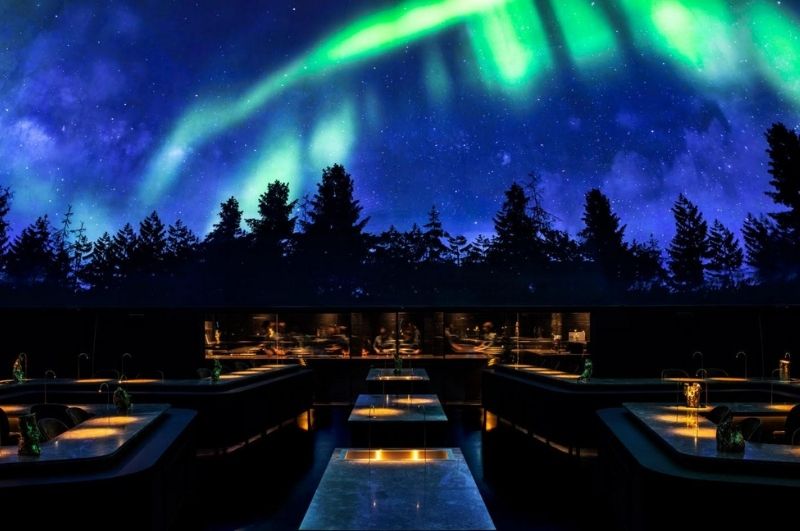
"It’s also really important to think what your bar will look like during the daytime in natural light and then what it looks like as it morphs into evening and night under artificial light." - Rory McNeill
What can you do to make your bar standout from the run of the mill?
I have started to use techniques that are not normally used within the hospitality sector, but are more typical of exhibitions, visitor centres and galleries, such as using projected images.
So instead of relying solely on the décor and lighting to create an ambience, you can project moving images onto a wall or ceiling, making the bar a more immersive experience. And using graphic treatments enables you to express your brand in a bold and confident way, rather than just putting a sign over your front door. We like to work with people and brands that are prepared to push the boundaries a bit!
What impact is new technology, if any, having on design?
I think it will have a significant impact. As a good example, there’s a restaurant in Copenhagen called Alchemist where they project moving images onto the domed ceiling and walls, creating an amazing, completely immersive, visual and audio experience, ranging from the northern lights to a swarm of jellyfish. While I’m not suggesting that your average UK bar does something on that scale, tech can still be used to change interiors very easily. Unlike the bars of the 80’s and 90’s where bric and brac and memorabilia were used to create a theme, the use of technology can make interior changes much more quickly to create completely different spaces and environments.
So the same space can morph but doesn’t need to be repurposed or refurbished. Just as in our living rooms, the focal point has switched from being the fire, to a tiny 12”black and white telly, to the 75” plasma and now with home wall-projected cinema our hospitality interiors can embrace the rapid advance of affordable technology more and more.
This way of thinking also allows limitless possibilities for designers to explore truly immersive interior design.
How important is the food offer and how should that be incorporated into the design?
They are very few bars nowadays that exist solely as bars – most have to have some kind of food offer, be that a micro bar selling bread, cheese and pickles, or a full-on gastro-pub. You don’t have to do hot food, but I think you definitely have to offer customers more than a pint and a packet of pork scratchings.
It doesn’t have to be fancy either – a pie and a pint, done well, is perfect. Look at Tom Kerridge's place in Marlow, the Butcher’s Tap. You can order a pie there served on waxed paper as if you’re in a traditional butchers.
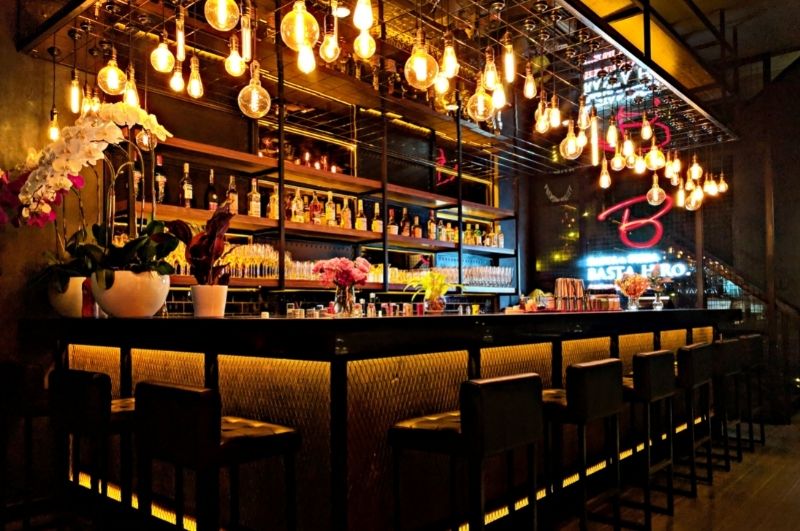
"I don’t think of an interior as a bar or a restaurant, the whole thing has to work as one, and everything in the interior, from the table you sit at to the light fittings are all part of the look." - Rory McNeill
What are the most common mistakes you have seen made by your customers?
I can tell when a professional has not been employed, and the biggest mistake is designing something because you like it, not for the target audience. People should not be afraid to use colour, but they simply aren’t bold enough, though that is changing as there is a clear trend towards the use of deeper, bolder shades as well as wallpaper. Rather than having a feature wall painted orange, paint the whole place orange! But persuading clients to do this is sometimes difficult. And bold doesn’t need to be bright – we have painted our whole building dark grey, including the floor, so it is dark and bold. Bold statements don’t necessarily need to shout at you.
Is there a danger of a space being “over designed”?
Over designed is shit. People have to be more aware of the environment, and not do things on a whim. You can tell when something is done on a drawing board as opposed to whether something is necessary. One of the pitfalls, as I’ve mentioned before, is someone designing a bar because they like it – you need to be able to back that up with solid rationale. It’s not necessarily a good solution just because you like it! At the end of the day everything is geared towards making customers happy that they will stay longer and spend more money. If the tills aren’t ringing and people aren’t spending money it’s pointless. I have a duty of care to my clients for any design to be appropriate, to hit the relevant market, and to be memorable, not designing for the lowest common denominator.
How often should you be prepared to update your design?
If you are aiming your bar at the 18 – 30 market, be prepared to revamp the design every five years or so. They tend to be very fickle and trend-led. For more traditional places, there is no need to reinvent the wheel, you can keep it as it is, as the familiarity is what the customers like and keep coming back for.
TAGS:
 The On Trade
The On Trade 